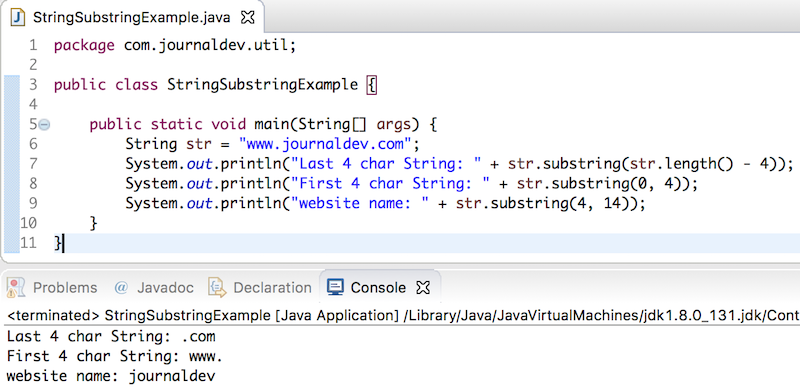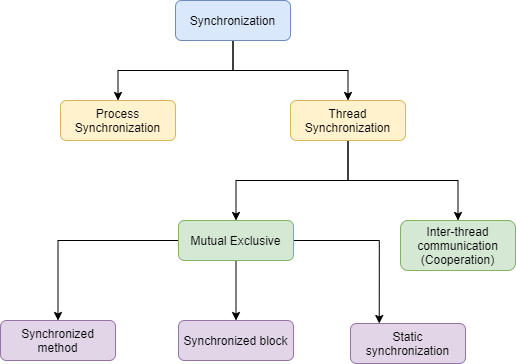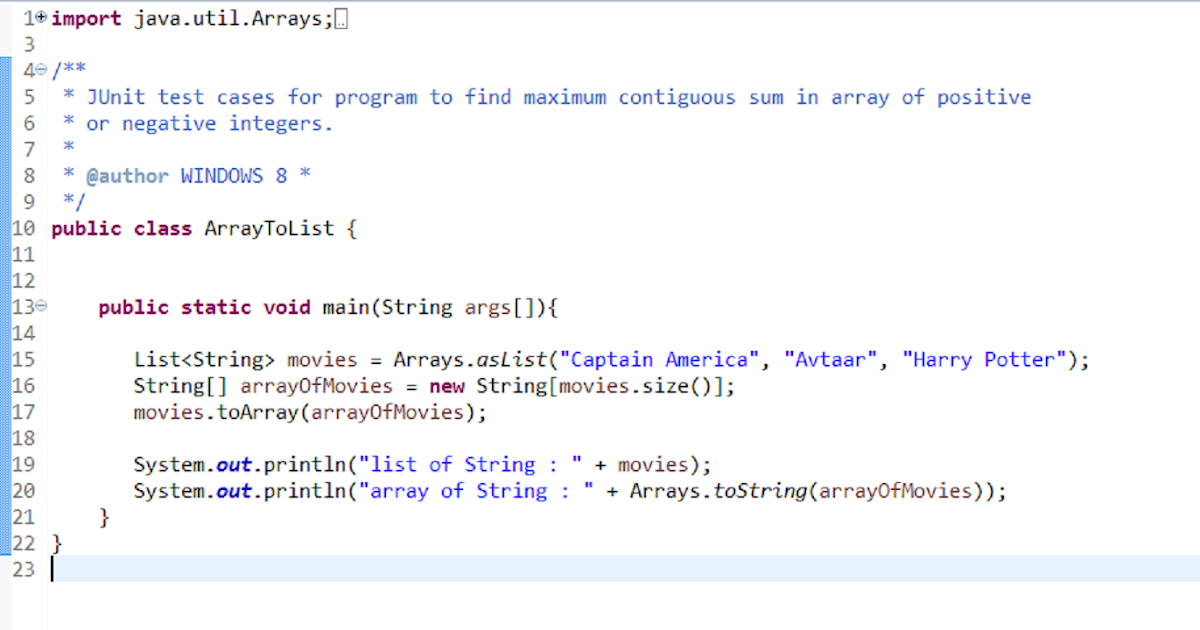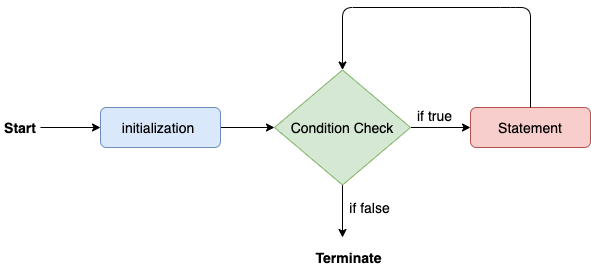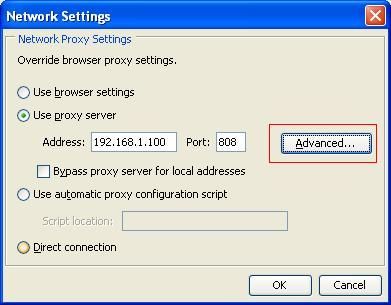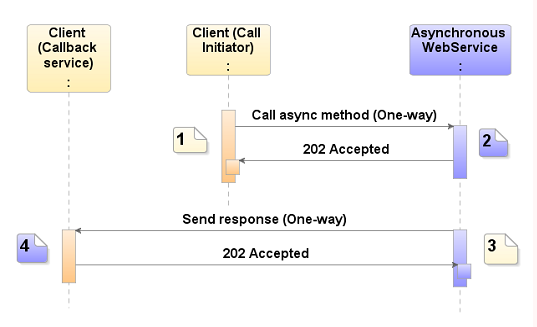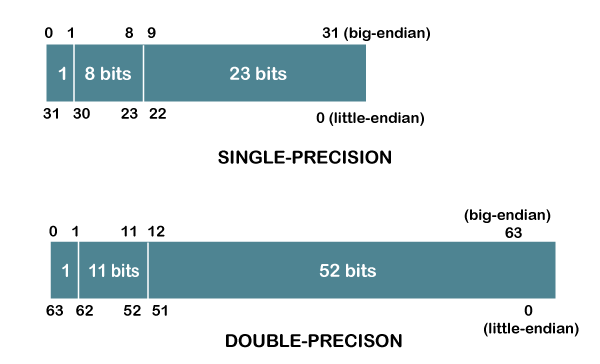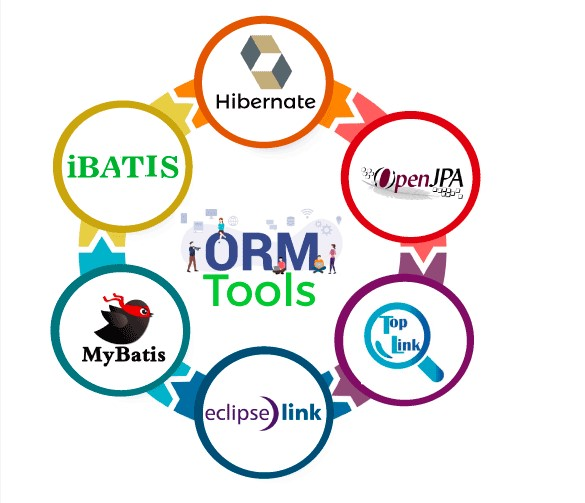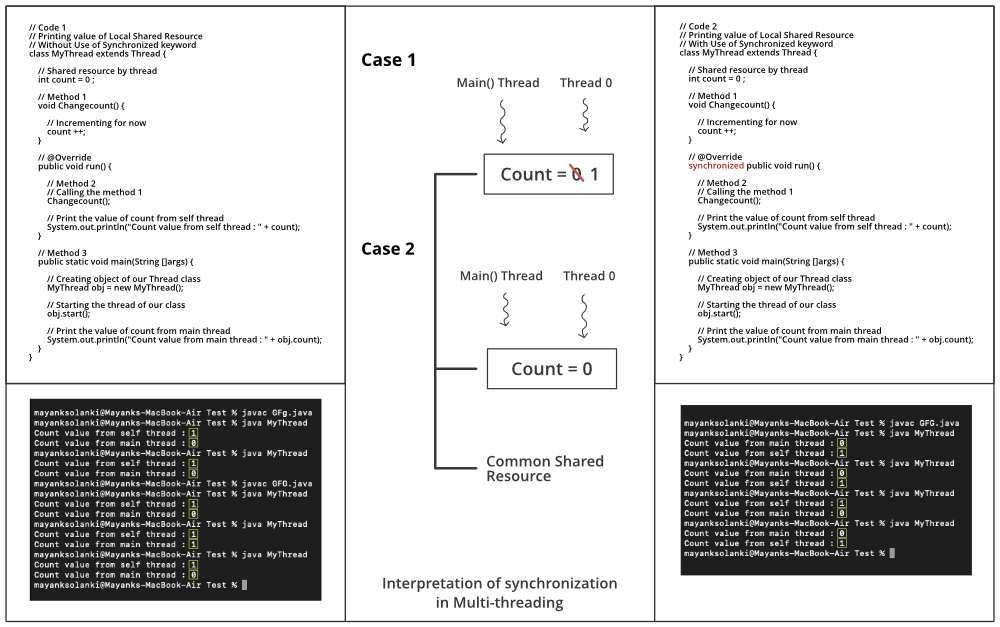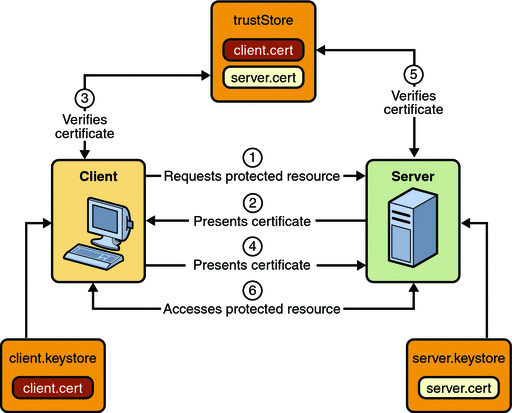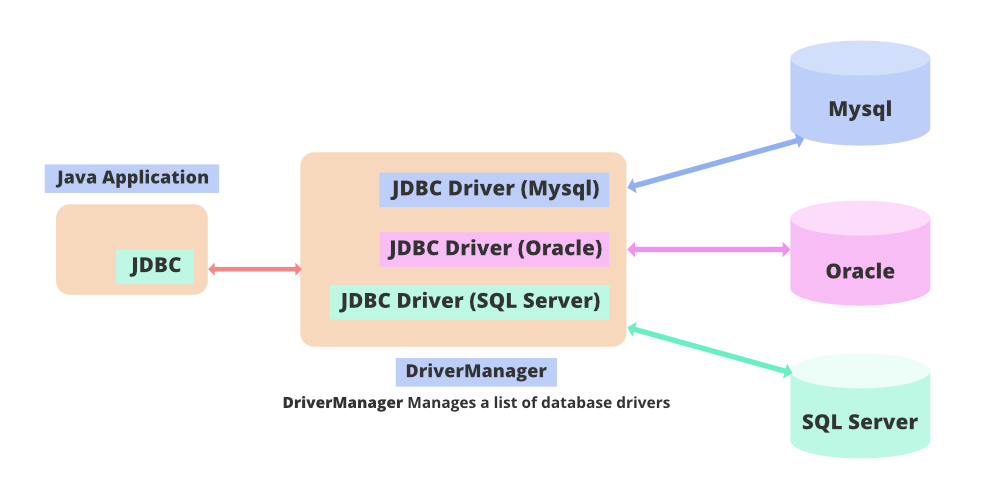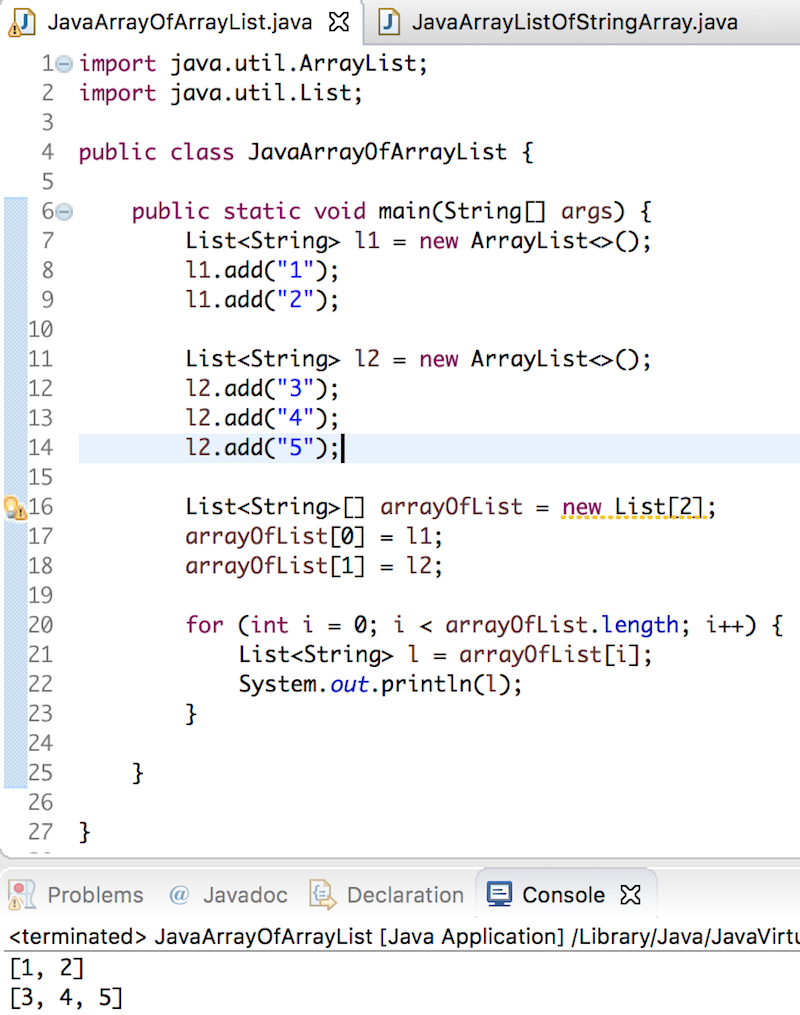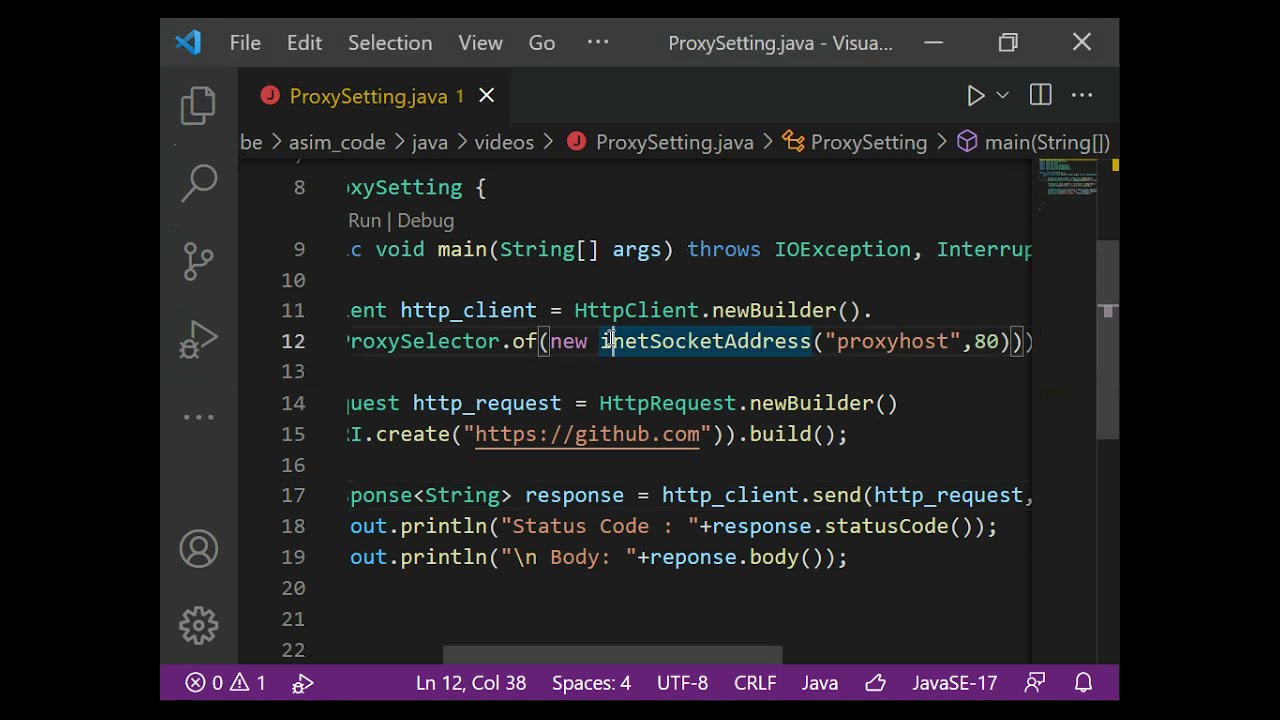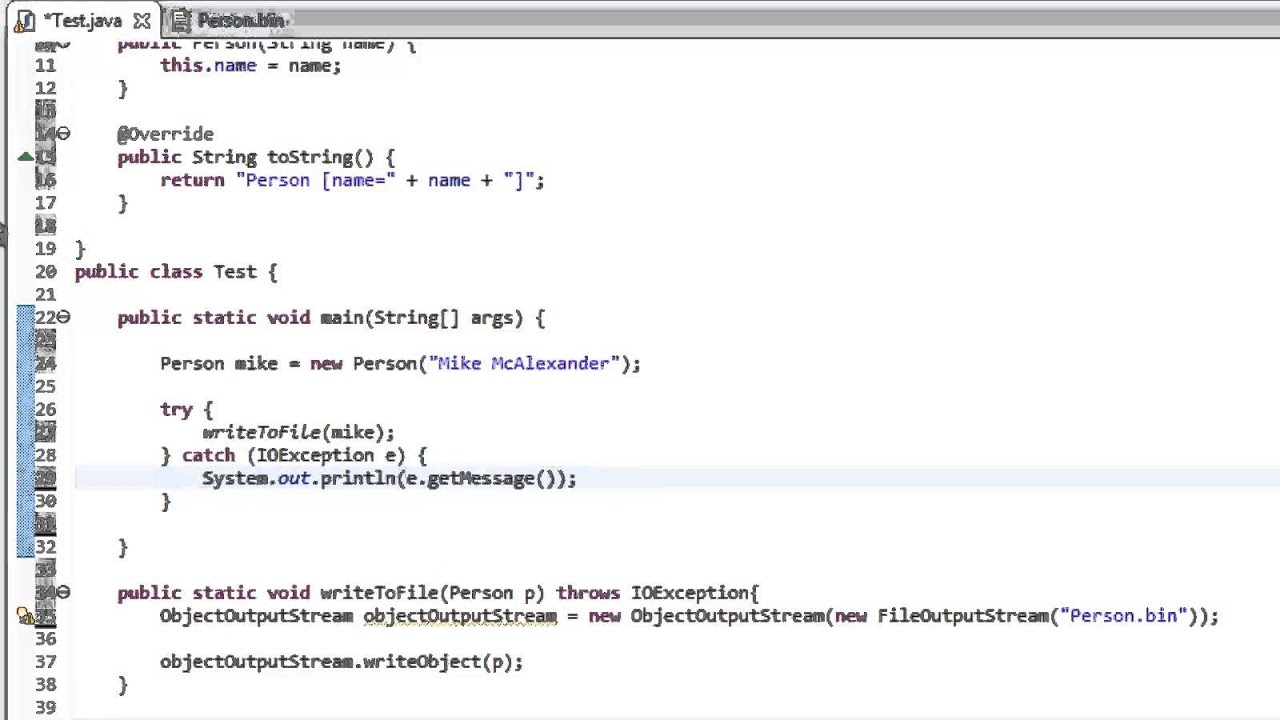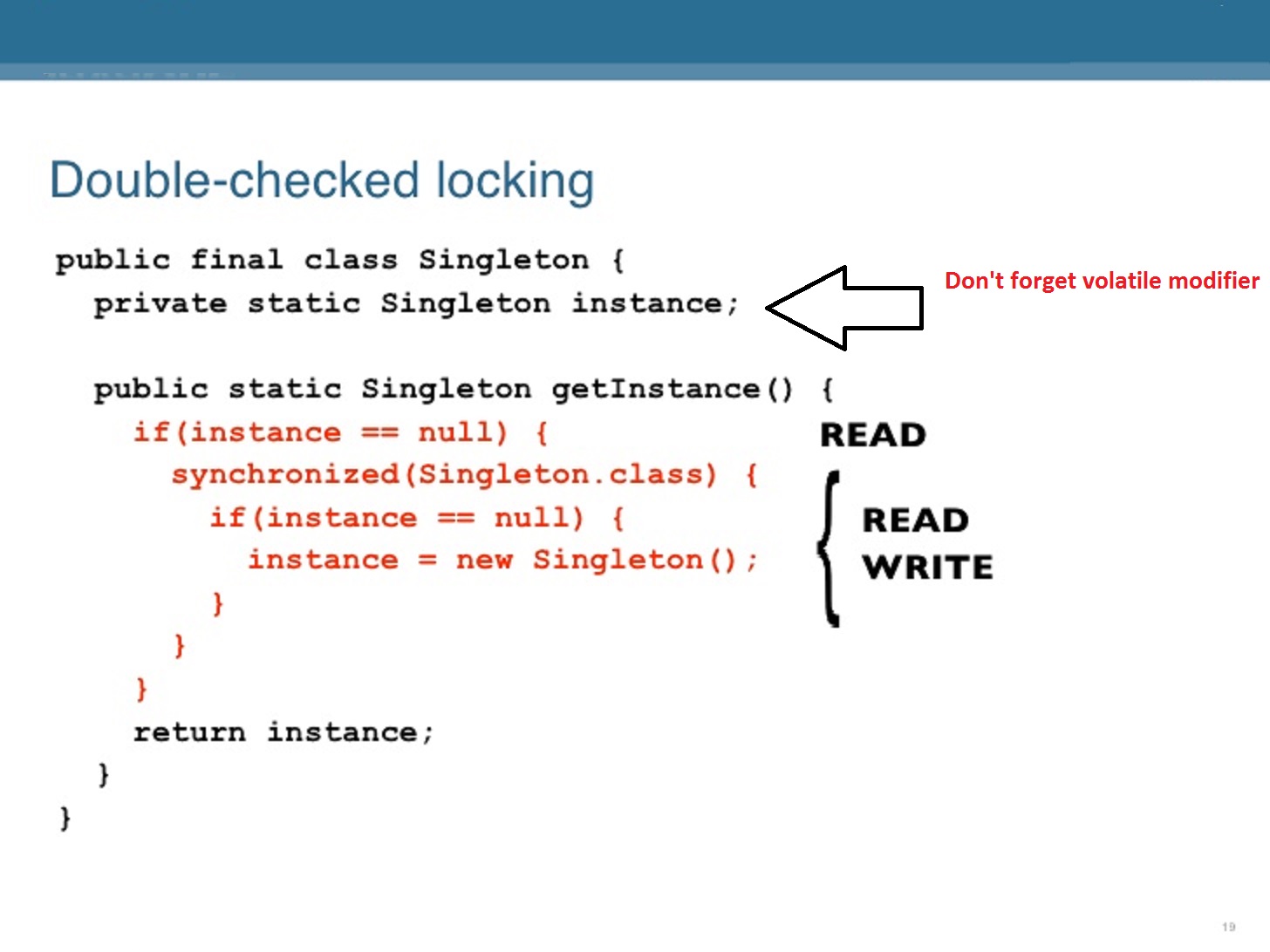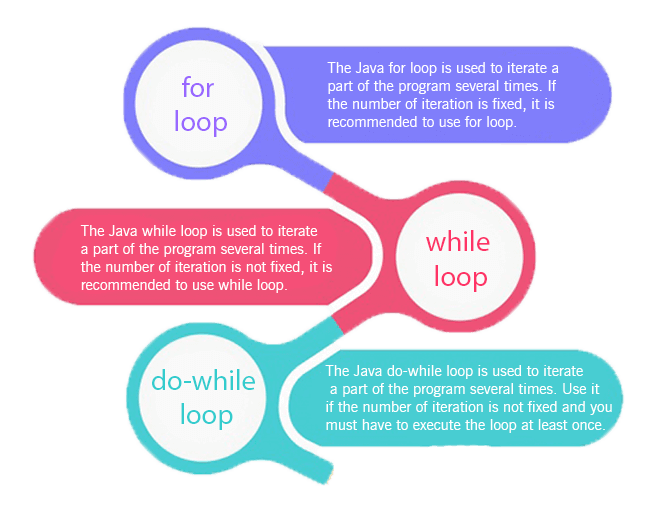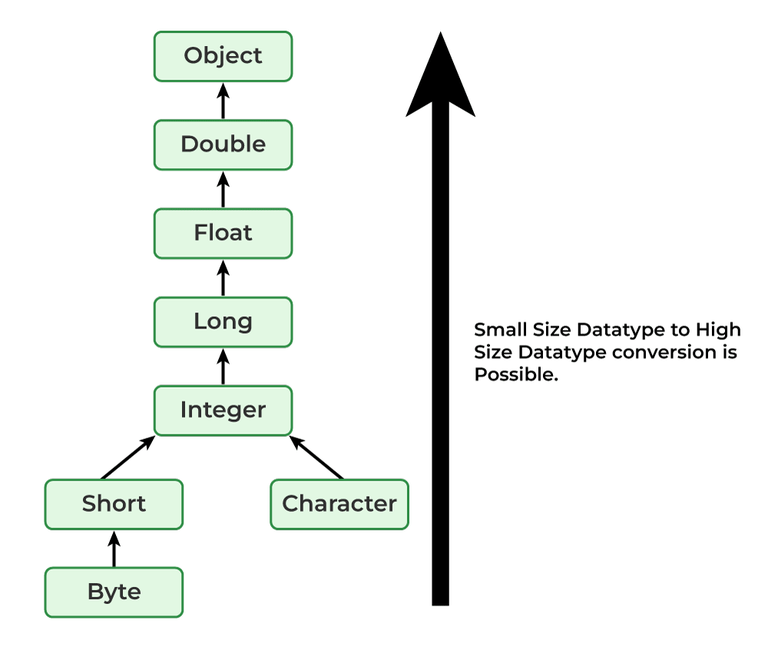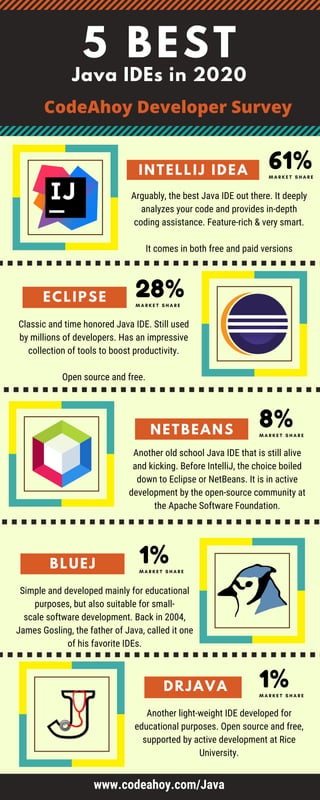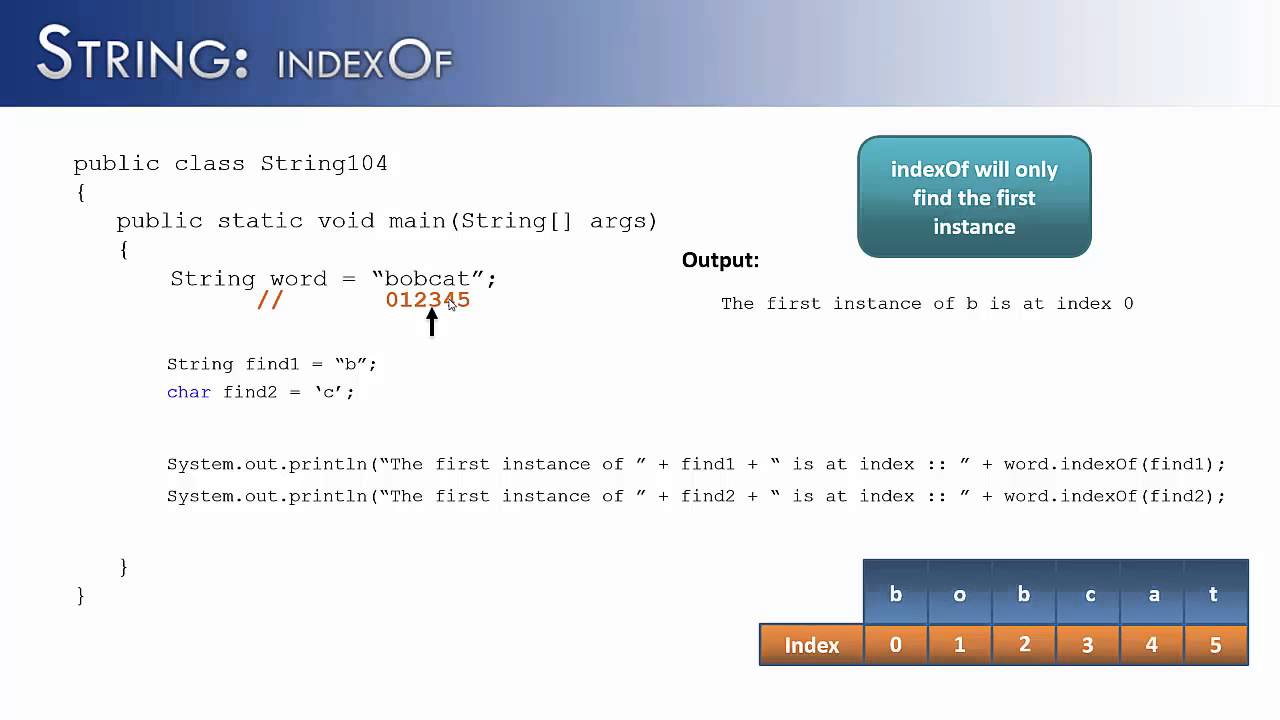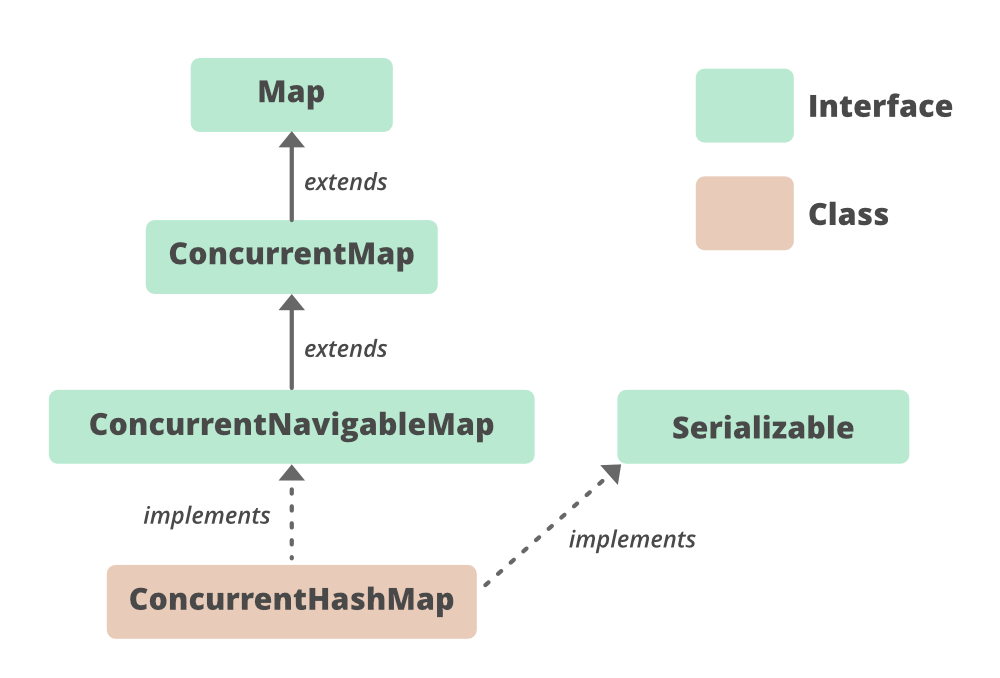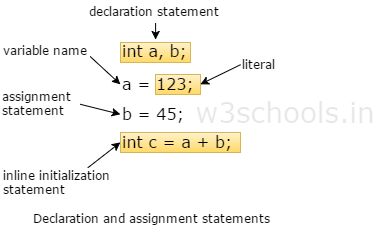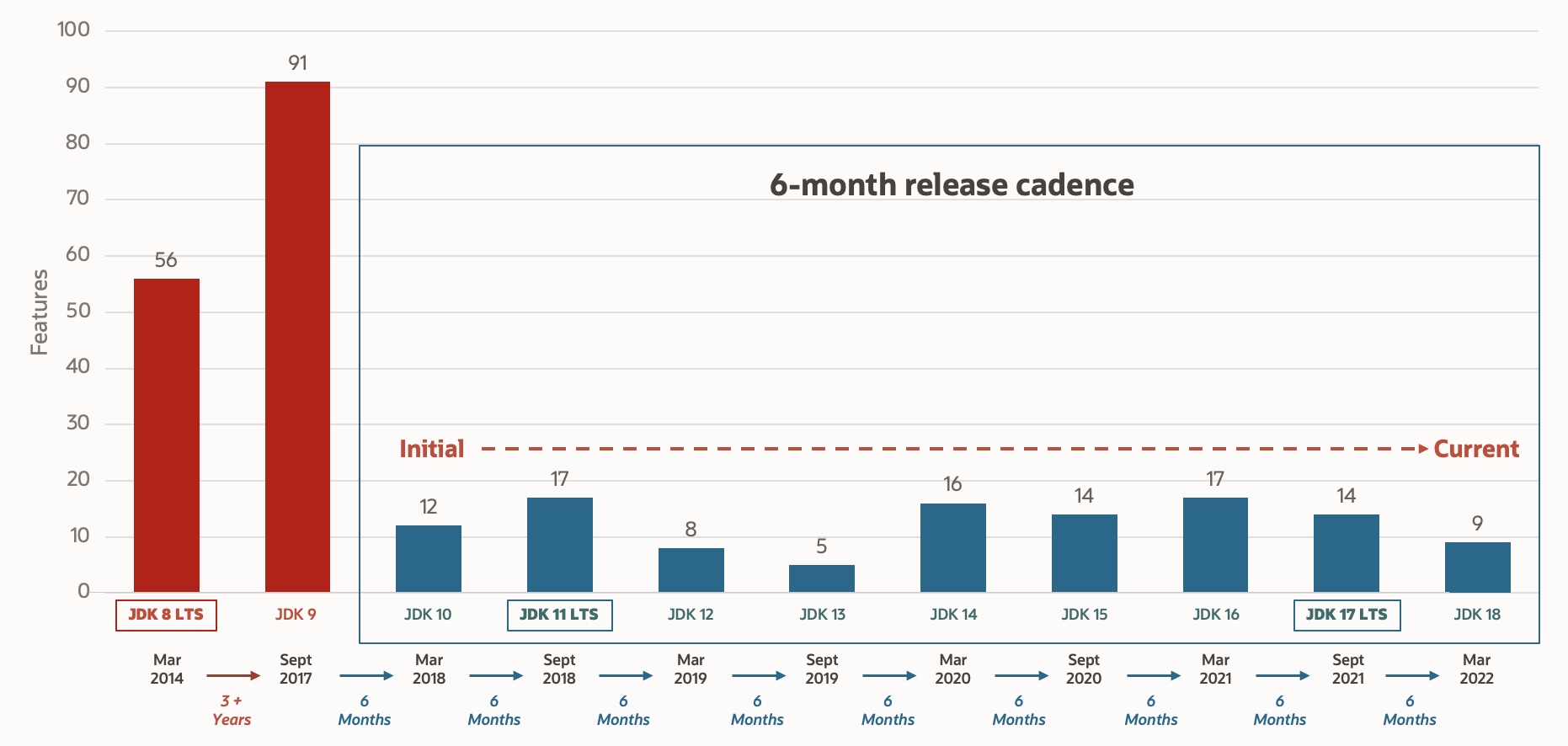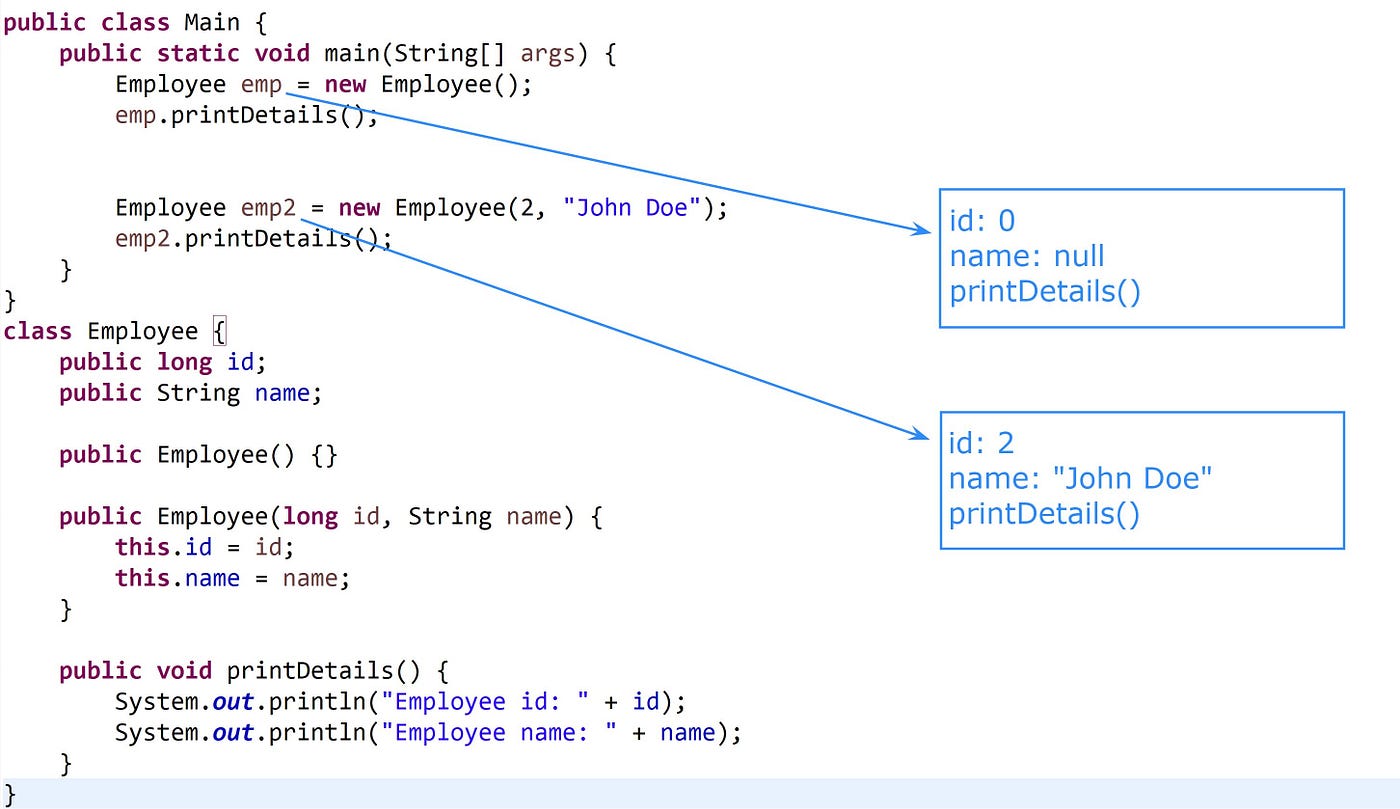Is JDBC a package in Java?
Is JDBC a package in Java?
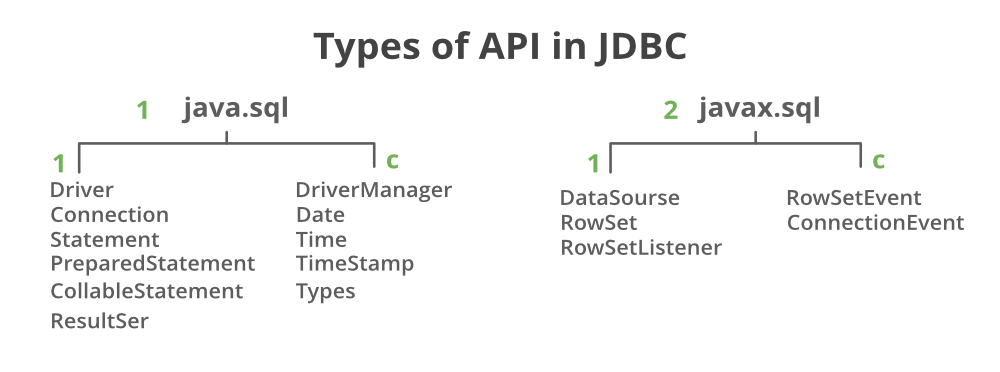
I'm happy to respond in English for this one question!
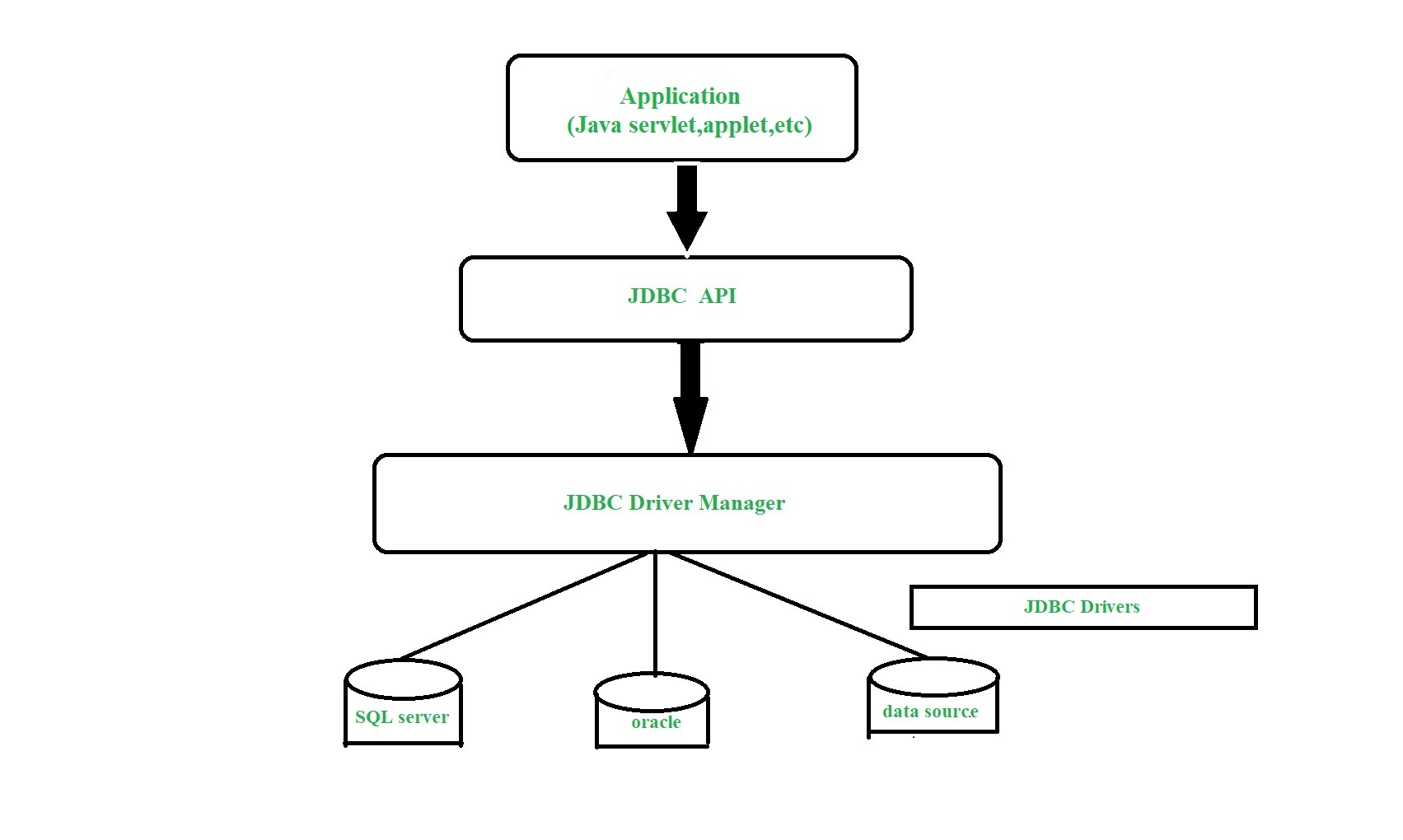
JDBC (Java Database Connectivity) is not exactly a package in Java, but rather an API (Application Programming Interface) that enables Java programs to interact with relational databases.
In Java, JDBC is a part of the Java Standard Edition (SE) APIs, specifically under the java.sql package. This package provides classes and interfaces for executing SQL statements, managing database connections, and manipulating database data.
To be more precise, JDBC consists of three main parts:
Driver: This is the component that connects your Java program to a specific relational database management system (RDBMS), such as MySQL, Oracle, or PostgreSQL. Connection: This is the interface through which you interact with the database. You create a connection by calling theDriverManager class's getConnection() method and providing the necessary database details. Statement (and PreparedStatement, CallableStatement): These are interfaces that allow you to execute SQL statements, such as querying data or inserting new records.
Here's an example code snippet showing how to create a JDBC connection and execute a simple query:
import java.sql.*;
import java.util.*;
public class JDBCExample {
public static void main(String[] args) {
// Register the database driver
try {
Class.forName("com.mysql.cj.jdbc.Driver");
} catch (ClassNotFoundException e) {
System.out.println("Driver not found!");
return;
}
// Create a connection to the database
try (Connection conn = DriverManager.getConnection(
"jdbc:mysql://localhost:3306/mydb", "myuser", "mypassword")) {
// Create a statement object
Statement stmt = conn.createStatement();
// Execute a query
ResultSet result = stmt.executeQuery("SELECT * FROM mytable");
// Process the query results
while (result.next()) {
System.out.println(result.getString(1) + ", " + result.getInt(2));
}
} catch (SQLException e) {
System.out.println("Error connecting to or querying the database: " + e.getMessage());
}
}
}
In summary, JDBC is an API in Java that facilitates communication between your program and a relational database. While it's not a package per se, you do need to import specific classes from the java.sql package to work with JDBC.
Java JDBC with Oracle
Here is a detailed explanation of using Java JDBC with Oracle:
What is JDBC?
JDBC (Java Database Connectivity) is a standardized way for Java programs to interact with databases. It acts as an interface between the Java program and the database, allowing you to execute SQL queries and retrieve data.
What is Oracle?
Oracle is a popular relational database management system that allows you to store and manage data in a structured and organized manner. Oracle provides various features such as stored procedures, triggers, views, and more.
Setting up Oracle with JDBC
To use Java JDBC with Oracle, you need to:
Download and install Oracle: You can download the Oracle database from the official website and install it on your system. Create a new database connection in Oracle: Create a new user account or modify an existing one to create a database connection. For example, you can use theCREATE USER SQL command to create a new user account.
Basic steps for using Java JDBC with Oracle
To perform operations like inserting, updating, and querying data in Oracle using Java JDBC, follow these basic steps:
Import necessary libraries: Include the following libraries in your Java program:java.sql oracle.jdbc oracle.sql Load Oracle driver: Load the Oracle JDBC driver into your Java program using the Class.forName() method. Create a database connection: Use the DriverManager class to create a connection to your Oracle database. You can use the URL format jdbc:oracle:thin:@localhost:1521/ORCL where ORCL is the name of your database. Execute SQL queries: Use the PreparedStatement interface to execute SQL queries. For example: You can create a prepared statement using the connection.prepareStatement() method. You can set parameters and execute the query using the setString(), setInt(), etc. methods. Retrieve data: Use the ResultSet interface to retrieve data from your Oracle database. For example, you can use the executeQuery() method to execute a SELECT statement and retrieve a result set. Close resources: Close the database connection using the connection.close() method when you're done with it.
Here is an example code snippet that demonstrates how to create a simple Java program using JDBC to connect to Oracle:
import java.sql.*;
import oracle.jdbc.*;
public class OracleExample {
public static void main(String[] args) {
// Load Oracle driver
try {
Class.forName("oracle.jdbc.driver.OracleDriver");
} catch (ClassNotFoundException e) {
System.out.println("Error loading Oracle driver: " + e.getMessage());
return;
}
// Create a database connection
String url = "jdbc:oracle:thin:@localhost:1521/ORCL";
String username = "your_username";
String password = "your_password";
try (Connection conn = DriverManager.getConnection(url, username, password)) {
// Create a prepared statement
PreparedStatement ps = conn.prepareStatement("SELECT * FROM your_table");
// Execute the query and retrieve data
ResultSet rs = ps.executeQuery();
while (rs.next()) {
System.out.println(rs.getString(1) + " " + rs.getString(2));
}
// Close resources
rs.close();
ps.close();
conn.close();
} catch (SQLException e) {
System.out.println("Error connecting to Oracle: " + e.getMessage());
}
}
}
In this example, we load the Oracle JDBC driver, create a database connection using the DriverManager class, execute a SELECT query using a prepared statement, and retrieve data from the result set. Finally, we close all resources when done.
This is just a basic introduction to using Java JDBC with Oracle. You can explore more advanced topics such as transactions, stored procedures, and error handling in your own projects.


